Dielectric Fluid Testing for R&D and Application-Level Validation
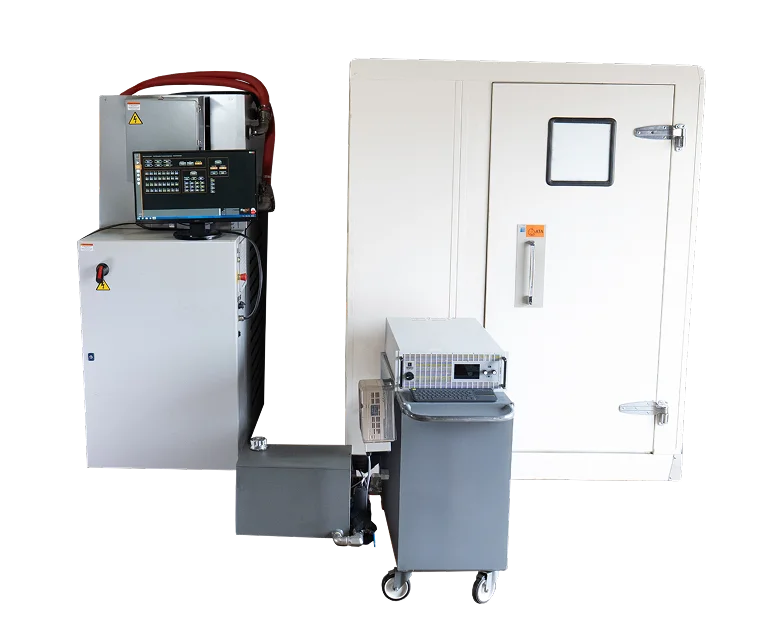
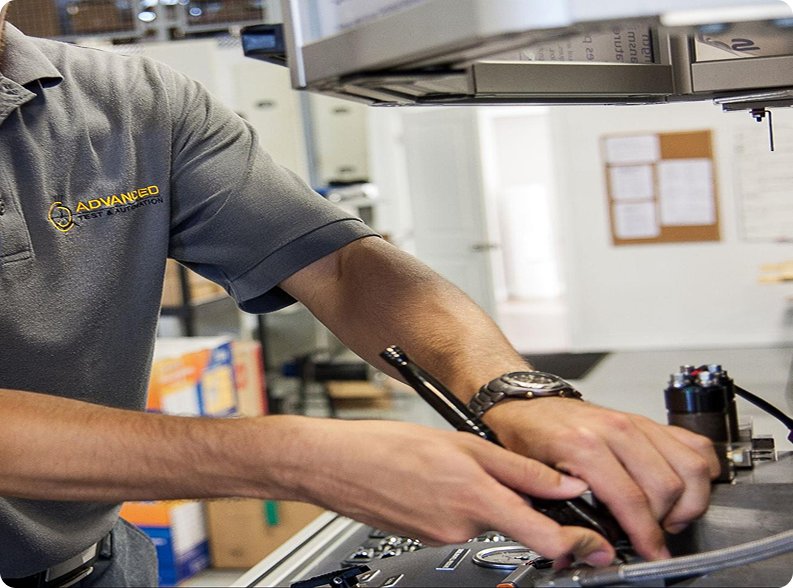
We provide the
testing environment
Your dielectric fluid is more than a formulation—it’s a core enabler of safety, efficiency, and long-term performance in complex battery systems. Whether you’re iterating on a new base chemistry or preparing benchmark data to differentiate your product.
We provide the testing environment, hardware, instrumentation, and engineering support to help you get there faster—with confidence.
What We Test
- Passenger vehicles
- Heavy-duty trucks and buses
- Off-highway and construction equipment
- Performance vehicles and motorsport
- Stationary Battery Energy Storage Systems (BESS)
- Other mechanical or hydraulic subassemblies (e.g. wheel hub bearings, battery stack, electric power steering unit, etc.)
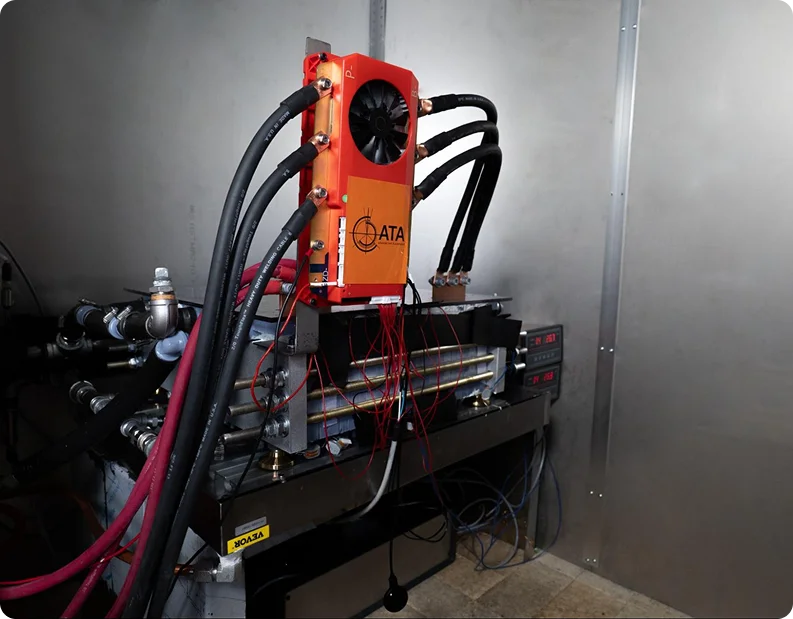
Current testing capabilities include:
Voltage stress simulation
Controlled application of voltage profiles to validate dielectric integrity under load
Thermal cycling with flow
Dynamic ramp tests with programmable flow rate and thermal profiles
Pumping power analysis
Measure hydraulic resistance and energy draw
Material compatibility exposure
Long-term exposure for metals, seals, and coatings
Transient event capture
Log real-time fluid behavior during defined events (startup, failure mode, thermal load spikes)
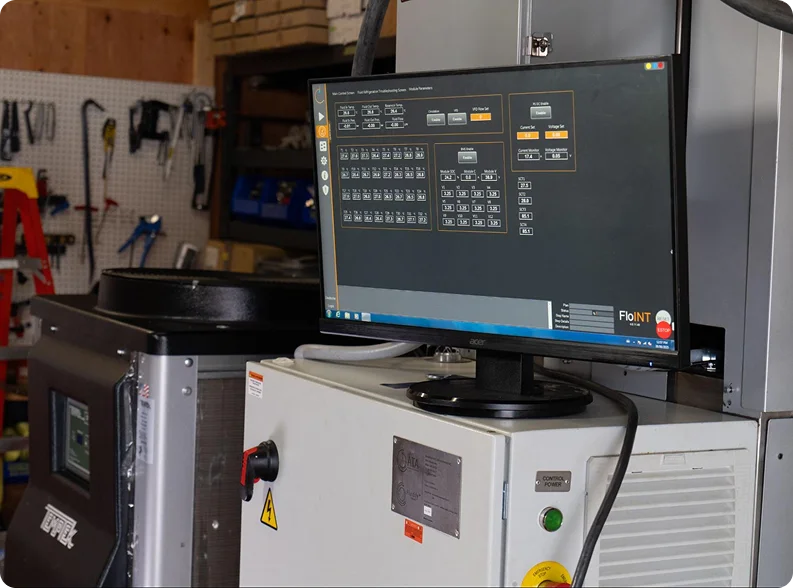
Full-Cycle Validation—from Concept to Data
If you know the environment your fluid needs to perform in—but not how to recreate it—we handle everything from engineering design to test execution. ATA builds custom test modules that accurately simulate your target application, complete with automation, instrumentation, and integrated control. We don’t just test—we engineer, execute, and help interpret.
- Time-synced, high-resolution raw data
- Custom test sequences and automation logic
- Comparative testing across multiple formulations
- Engineering support for analysis, presentation, and OEM-facing reporting
Turn fluid performance questions into engineering answers.
- How does this fluid affect pumping power at sub-zero startup?
- What happens to dielectric performance after 1,000 hours of thermal cycling?
- Does this formulation meet the latest thermal runaway safety standards for electric vehicle batteries?
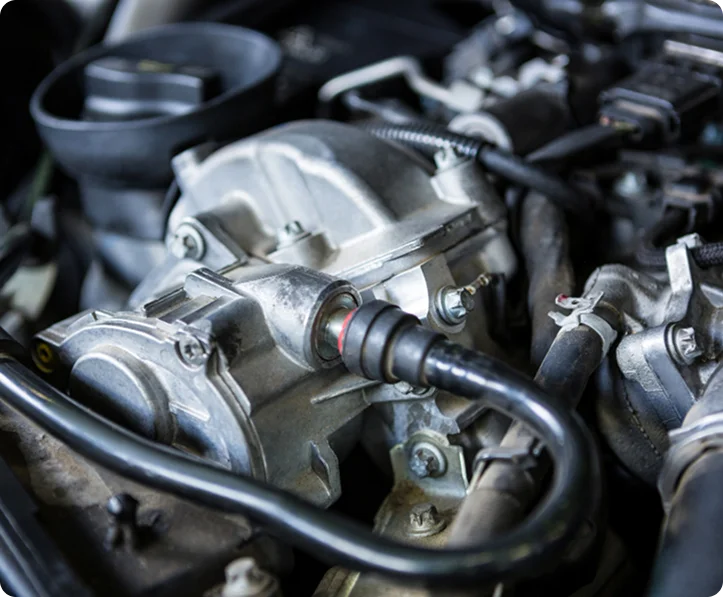
Interested in Other Applications?
E-axles and electric drive units
Onboard chargers and power electronics
High performance computing infrastructure
If you’re developing fluids for these or other systems, we want to hear from you. Contact us to discuss how we can expand our capabilities around your needs.
